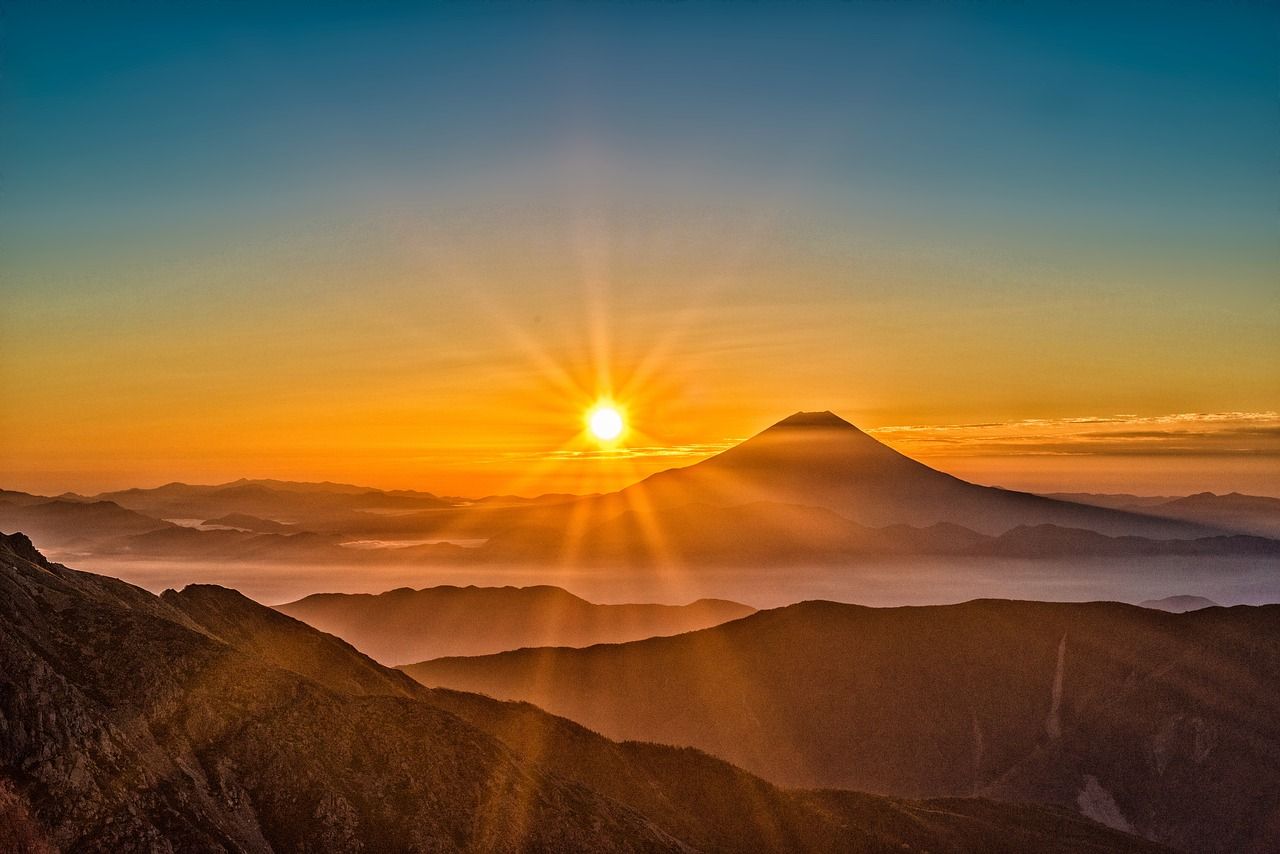
by Alex Wright
Mount Fuji may well be one of Japan’s most iconic images, but climbing to its 3,776-metre peak it is no easy task with altitude sickness and shortness of breath to contend with.
To help you prepare as much as possible, ere are five lesser known facts you need to know before making the ascent.
But don’t worry – the last time Mt Fuji erupted was on December 16, 1707, when volcanic ash fell on Tokyo. If you hike up to the top you can walk around the rim of the crater to the highest point of the mountain. There is even a station on the far side where you can get the final stamp on your walking stick. It takes approximately one and a half hours to walk around the four-kilometre circumference. There’s even a volcanic escape plan should the worst happen.
For the best view from Mt Fuji stay in the Taishikan rest hut at the eighth station at 3,100m the night before and wake up at 12am to hike to the summit and catch sunrise at 5.15am. Be prepared to endure ever-changing weather conditions and long queues on the way up though. If you get up there early you can enjoy a piping hot bowl of miso ramen at the 10th station. Make sure to bring your headlamp.
The traditional route is the Yoshidaguchi Trail starting near Fuji-Yoshida where you can pay homage to the shrine gods before commencing the 19km ascent through lush forests. However, the majority of climbers opt for the more convenient, faster routes of Kawaguchi-ko (Yoshida), Subashiri, Fujinomiya and Gotemba. It’s also possible to combine the Kawaguchi-ko and Subashiri trails.
Plan your trip well in advance and make any necessary accommodation bookings because it gets super busy during this two-month window. More than 200,000 people climb the mountain every year so you often need to be prepared to wait in line on some of the more narrow and precipitous sections. And beware – the Japanese don’t have the same sense of queuing in line as us Brits.
So what better way to unwind after a gruelling climb and descent than heading to a traditional Japanese onsen or hot spring. Sit back and relax in one of the many open air thermal baths and enjoy the spectacular view of Mt Fuji. You can also indulge in a traditional Japanese dinner delivered by model train, go for a full body massage or meditate in the relaxation room.